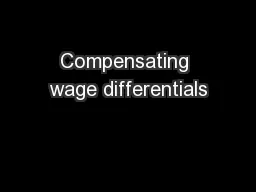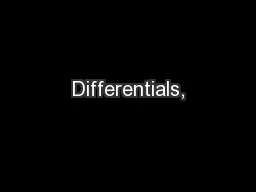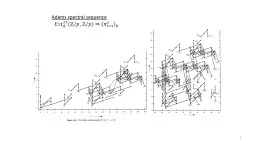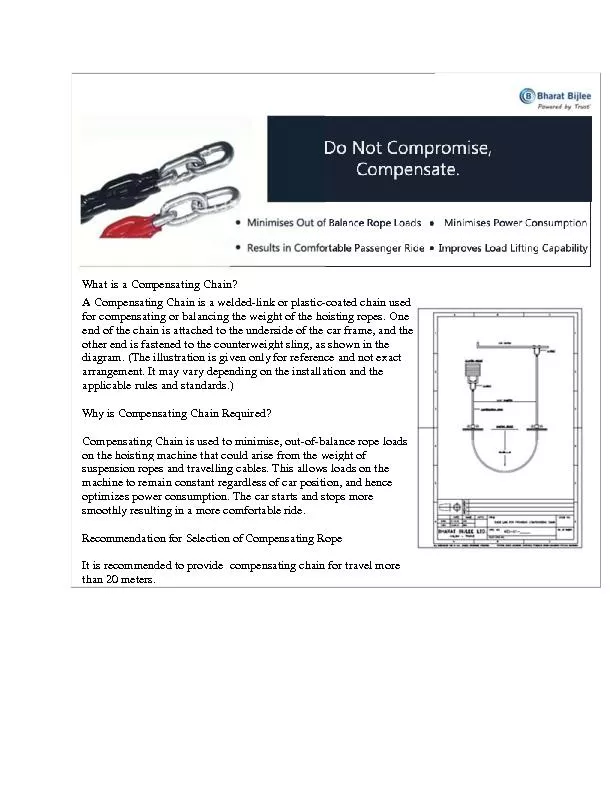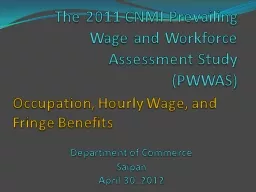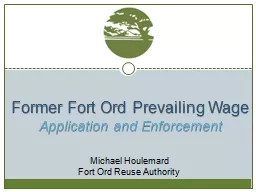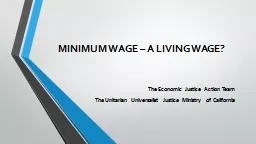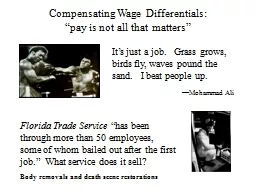PDF-Compensating wage differentials
Author : stefany-barnette | Published Date : 2017-03-03
1 Introduction The labourmarket is not characterisedby a single wage Workers differ and jobs differAdam Smith proposed the idea that 3 6 5 Indifference Curves Relating
Presentation Embed Code
Download Presentation
Download Presentation The PPT/PDF document "Compensating wage differentials" is the property of its rightful owner. Permission is granted to download and print the materials on this website for personal, non-commercial use only, and to display it on your personal computer provided you do not modify the materials and that you retain all copyright notices contained in the materials. By downloading content from our website, you accept the terms of this agreement.
Compensating wage differentials: Transcript
Download Rules Of Document
"Compensating wage differentials"The content belongs to its owner. You may download and print it for personal use, without modification, and keep all copyright notices. By downloading, you agree to these terms.
Related Documents

